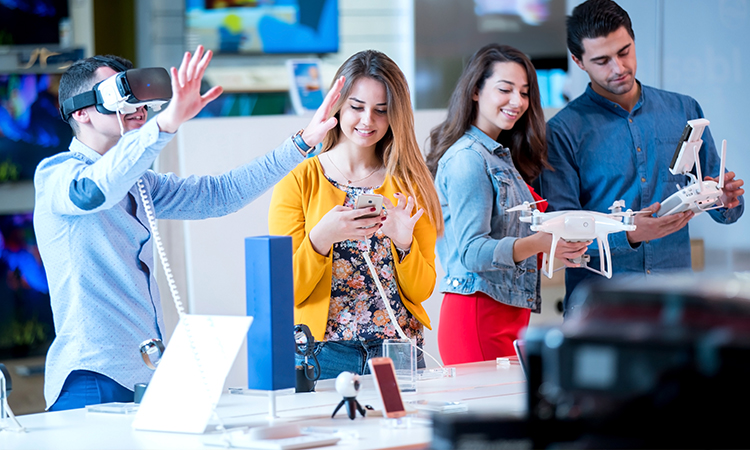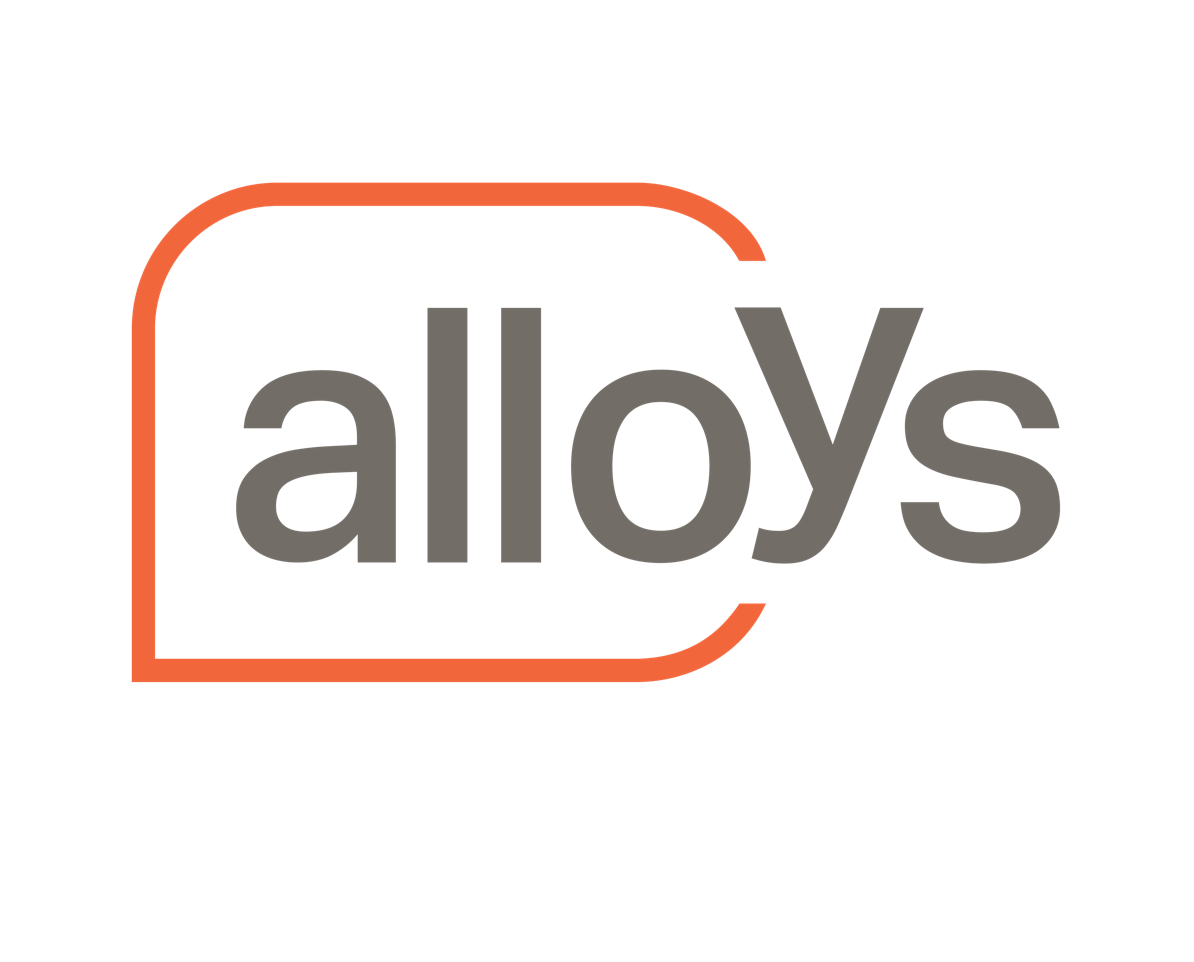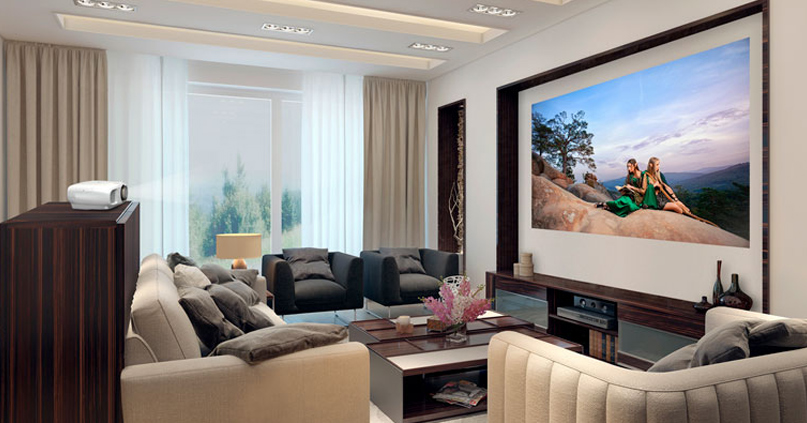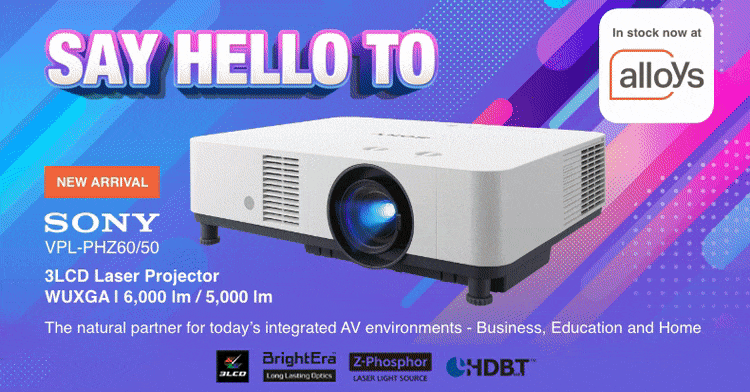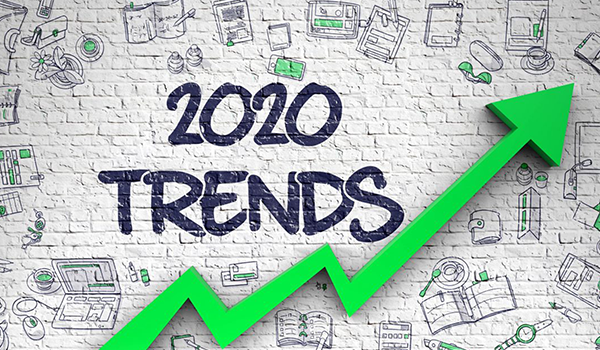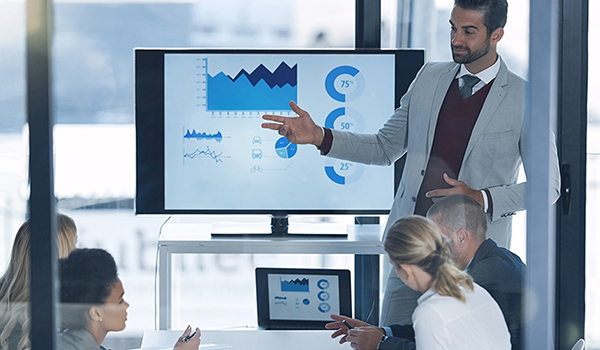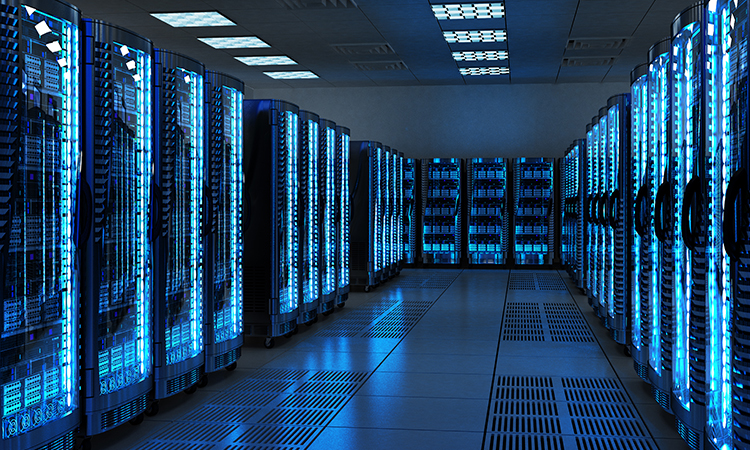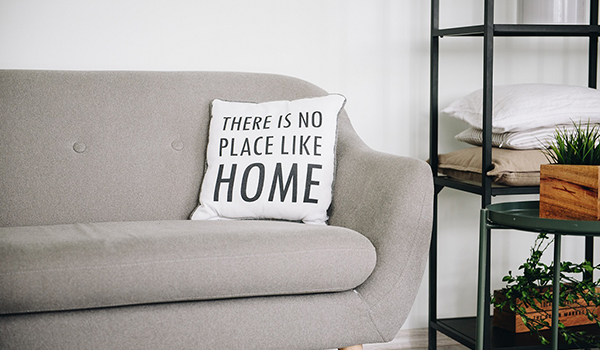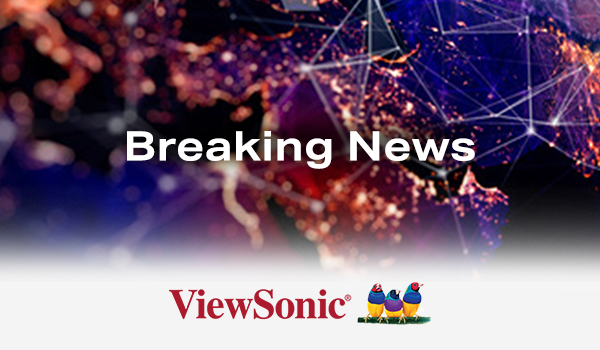Retail and hospitality trends – what should businesses in these sectors watch out for in the future and how can they stay ahead of trends that are emerging and/or new technologies and bring them into play, successfully, in their business?
Using technology to engage
As technology continues to advance rapidly, customer expectations too have risen, and the retail and hospitality sectors are presented with the challenge of having to meet and exceed such expectations. Indeed, this is a time of heightened consumer knowledge in which the customer can easily research and compare products or services to ensure they get the best deal. To give an example, while the average consumer shopped at 7 stores in 1993, this doubled to 14 in 2013 hence competition between businesses is now greater than ever before.
In order to get ahead of the competition, businesses need to engage consumers and attempt to gain their loyalty. This can be achieved by using technology in new and innovative ways. For instance, some companies has taken in-store initiatives such as attaching RFID (Radio Frequency Identification) tags onto certain items, which activate when customers pick up the product and trigger a video on nearby mirrors showing videos of the item as well as relevant associated products. Hence, while the role of the store may be diminishing in terms of concrete sales, it nevertheless has a crucial role in creating this engaging environment which attracts and inspires customers.
Furthermore, it is crucial to cater for the many channels customers are using. One study found that almost half of consumers are regularly using three or more channels to do their shopping, demonstrating the demand for a seamless omni-channel brand experience be it on an app, website or social media account. A consumer is not going to be favourable towards a brand who is not willing to communicate with them in a way in which they are used to in their everyday lives. Therefore, strategies such as allowing for payment options in which a QR code is scanned and a mobile payment is instantly made, will enhance consumers’ attitudes towards the business as they are accommodating for the consumer’s lifestyle. Further examples from the hospitality sector come from Hilton that has developed an app allowing customers to check-in prior to arrival, choose their room from a floor plan and even unlock their room door using their mobile phone. Such uses of technology allow the consumer to experience greater control over their hotel stay, hopefully leading to a more relaxing and positive experience overall.
One of the most innovative devices recently introduced by Epson is the Epson LightScene EV-100. This new laser projector is ideal for curated visual environments such as retail showrooms, shop window displays, museum exhibits and art installations, where minimal visual clutter is key. It can be used to provide information, show video or moving patterns, and even projection map imagery onto small objects.
Personalised products
Another way to attract a consumer’s attention and engage them is to provide personalised offers or products. Unsurprisingly, research has found that personally tailoring promotional emails leads to more click-throughs and as a result, purchases. Hence, gathering data on customers is extremely valuable when such information can be translated into a bespoke service for that customer.
To conclude, using technology in original ways to engage the consumer, seamlessly incorporating your business into the consumer’s lifestyle, taking reviews seriously, and using big data to capture and target clients, are key to keeping on top of the emerging trends in these sectors.
Source: Epson

